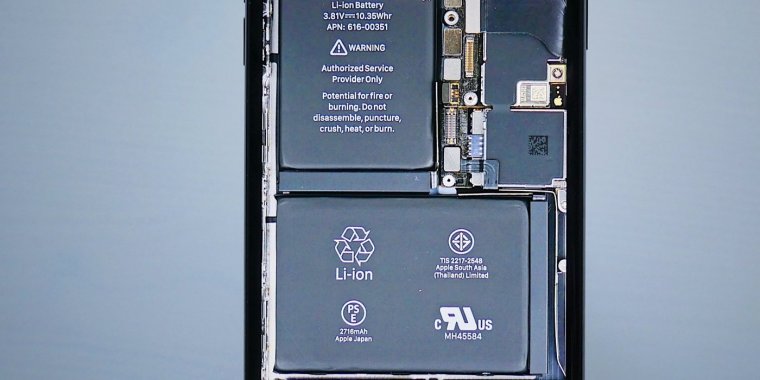| News / Science News |
Creating Better Lithium-Ion Batteries Made Possible with New Discovery
Creating a lithium-ion battery that can charge in a matter of minutes but still operate at a high capacity is possible, according to research from Rensselaer Polytechnic Institute.

Lithium-ion batteries. Photo: Frankie Valentine/Unsplash
A lithium-ion battery charges and discharges as lithium ions move between two electrodes, called an anode and a cathode. In a traditional lithium-ion battery, the anode is made of graphite, while the cathode is composed of lithium cobalt oxide.
These materials perform well together, which is why lithium-ion batteries have become increasingly popular.
Scientists improved performance by substituting cobalt oxide with vanadium disulfide (VS2).
It gives higher energy density, because it's light. And it gives faster charging capability, because it's highly conductive.
Excitement surrounding the potential of VS2 has been growing in recent years, but until now, researchers had been challenged by its instability—a characteristic that would lead to short battery life. The Rensselaer researchers not only established why that instability was happening, but also developed a way to combat it.
The team determined that lithium insertion caused an asymmetry in the spacing between vanadium atoms, known as Peierls distortion, which was responsible for the breakup of the VS2 flakes. They discovered that covering the flakes with a nanolayered coating of titanium disulfide (TiS2)—a material that does not Peierls distort—would stabilize the VS2 flakes and improve their performance within the battery.
The TiS2 coating acts as a buffer layer. It holds the VS2 material together, providing mechanical support.
Once that problem was solved, the team found that the VS2-TiS2 electrodes could operate at a high specific capacity, or store a lot of charge per unit mass. Vanadium and sulfur's small size and weight allow them to deliver a high capacity and energy density. Their small size would also contribute to a compact battery.
When charging was done more quickly, the capacity didn't dip as significantly as it often does with other electrodes. The electrodes were able to maintain a reasonable capacity because, unlike cobalt oxide, the VS2-TiS2 material is electrically conductive. (Tasnim News Agency)
YOU MAY ALSO LIKE





